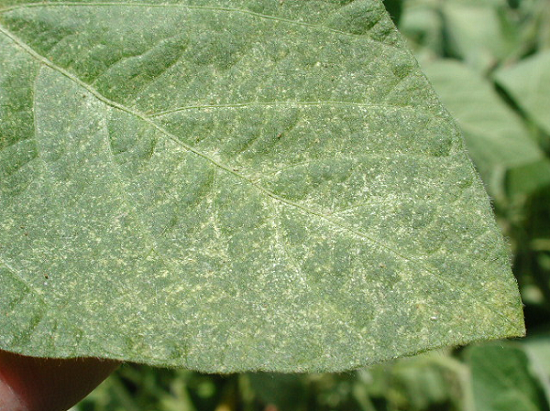Pesticide Drift
Pesticide drift is a complicated subject and it carries significant financial and emotional baggage. This season has been challenging for many agricultural sectors and practices, and spray applicators have been challenged with difficult timing and limited opportunities for herbicide applications. When sprayer operators are rushed or frustrated they have to make hard decisions, and this sometimes ends badly.
While there is a great deal of information on the subject of drift mitigation, the best practices are easily summarized. It’s no different than embracing a healthy lifestyle; there are no secrets and no shortcuts:
- Eat a balanced diet of unprocessed foods,
- Get some sleep,
- Take regular exercise.
But it’s easier said than done, isn’t it?
Many of the drift mitigation solutions are unpopular for reasons of productivity, restricted crop or pest staging, and the capitol expense of buying new equipment. Nevertheless, the following practices mitigate spray drift and should be adhered to. It is not just a matter of best practices – in some cases it is a legal requirement.
- Drop the spray boom to the lowest operable height.
- Reduce travel speed to allow the boom to achieve the aforementioned height (time can be made up by making other spray-related practices more efficient, such as filling or cleaning).
- Employ the spray quality directed on the label, and when not specified, use coarse or larger.
- Where coverage is of particular concern, increase carrier volumes.
- Obey label-directed weather and buffer zone restrictions.
- In the case of nearby sensitive areas (e.g. susceptible crops, open water, areas of human activity, etc.) take additional precautions such as drift reducing technologies.
- In those situations where products are susceptible to off-target movement and weather is unfavourable (e.g. high wind in wrong direction, changeable wind, no wind) do not spray.
For more information visit sprayers101.com and use the keyword ‘drift’.
Monitoring Insects
The time for insect scouting is underway in Ontario crops. With delayed planting and many crops at earlier growth stages than usual this time of year, there may be increased risk of crop damage with some insects.
Significant soybean aphid (SBA) populations have not yet been found in Ontario. Reports of infestations in the Mid-west may result in aphids arriving via storm fronts over the next few weeks. Diligent scouting is recommended since plants are still small at this time and may be subject to moisture stress. The Aphid Advisor app is available to help decide if a spray is required or whether the natural enemies can control them for you. Go to
http://www.aphidapp.com/ to download the app for free.
Spider mite damage has been limited so far this year, but as conditions turn hot and dry their numbers may increase in soybeans and dry beans. The two-spotted spider mite feeds on the underside of leaves causing stippling, and as feeding increases may appear as yellowing, bronzing or curled leaves (Figure 1.). Four or more mites per leaflet or one severely damaged leaf per plant prior to pod fill indicates that control is required. Shake injured leaves on a piece of paper to check for mites. Dimethoate (Cygon/Lagon) is the only product registered for spider mites on soybeans and edible beans. DO NOT use Matador, it does not control spider mite and will kill beneficial insects which include ladybird beetle, thrips and predaceous mites.

Potato leafhoppers (PLH) are in high numbers in many counties. Both dry beans and forages are at risk. A sweep net is required for scouting in alfalfa. In dry beans, without disturbing plants too much, carefully check the newest fully expanded leaflets for leaf hoppers. Thresholds depend on the crop growth stage. More information on PLH and thresholds can be found at Fieldcropnews.com, and in Chapter 15 of OMAFRA Agronomy Guide – Publication 811.
The first Western Bean Cutworm (WBC) was caught in Ontario around July 15th, about a month later than usual. The delay in growing degree days has delayed both the WBC and the crop growth stages, so moth flights are still likely to align with susceptible growth stages in corn and dry beans. It is important to install WBC traps and monitor for peak moth flight so informed decisions can be made about the need for and timing of insecticide applications. It is not too late to set up traps. Check Fieldcropnews.com for more information about setting up and registering WBC traps with the Great Lakes and Maritimes Pest Monitoring Network.
Thrips are starting to show up in some corn and soybean fields. Thrips are tiny cigar shaped insects that feed on individual plant cells on the underside of the leaves, causing a mottling appearance on the upper leaf surface, usually along the leaf veins. Injury rarely justifies spraying unless the plants are stressed from hot, dry conditions and are not growing out of the injury. If 75% of the plants scouted have injury on the newest leaves and/or there are 8 or more thrips per leaf, spray may be warranted. Rain can help the plants grow out of the injury, so hold off on spraying if rain is forecasted and scout again a few days after the rain to see if the plants are growing out of the injury.